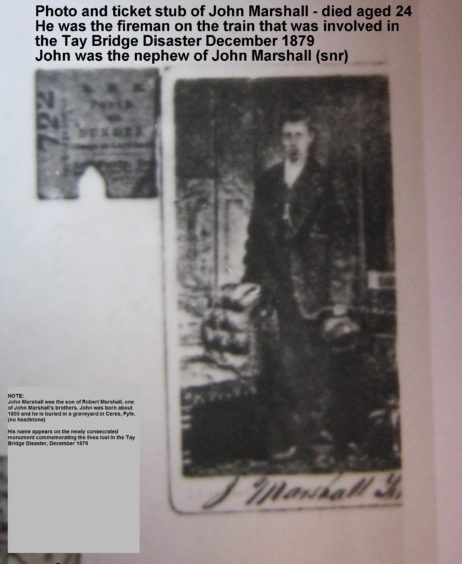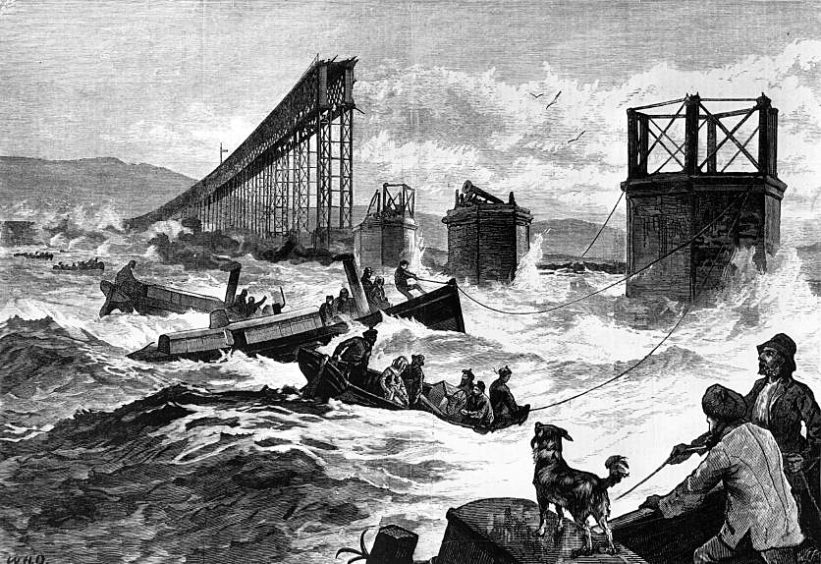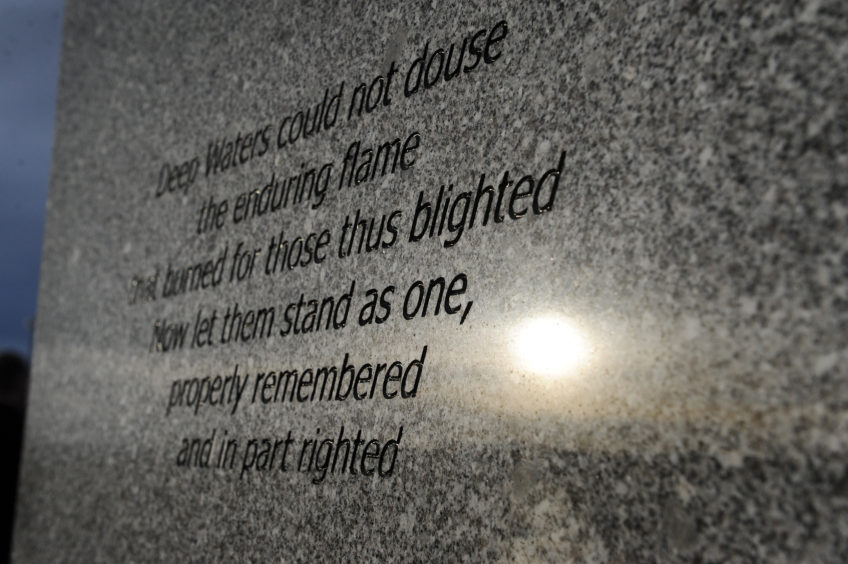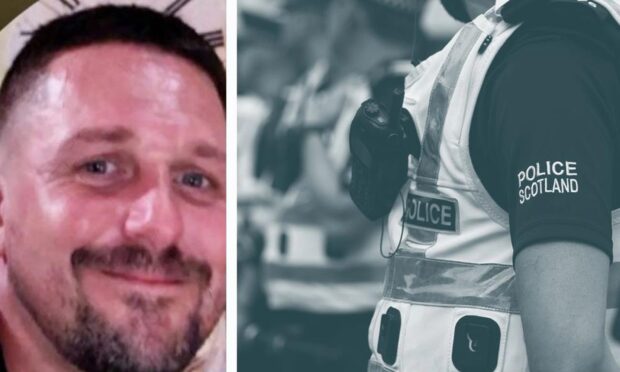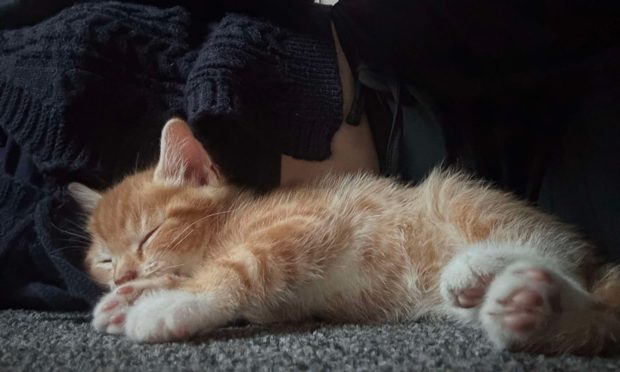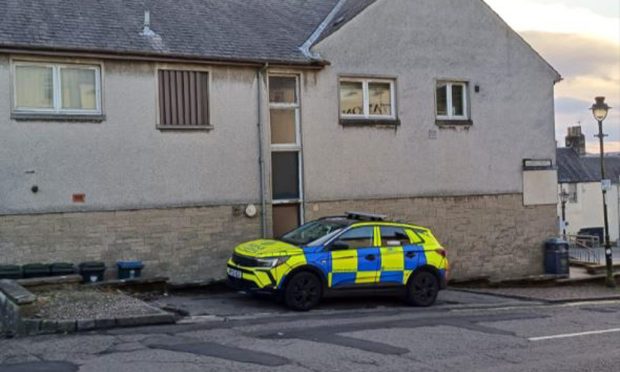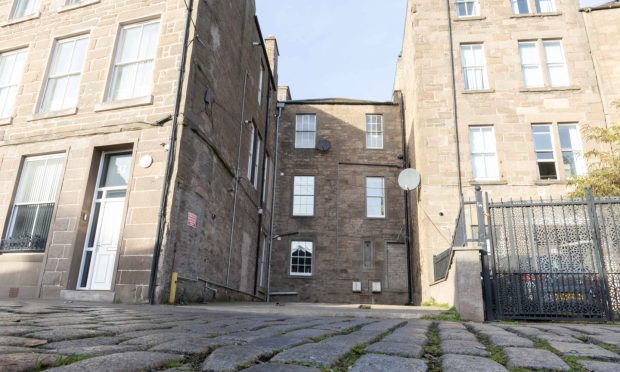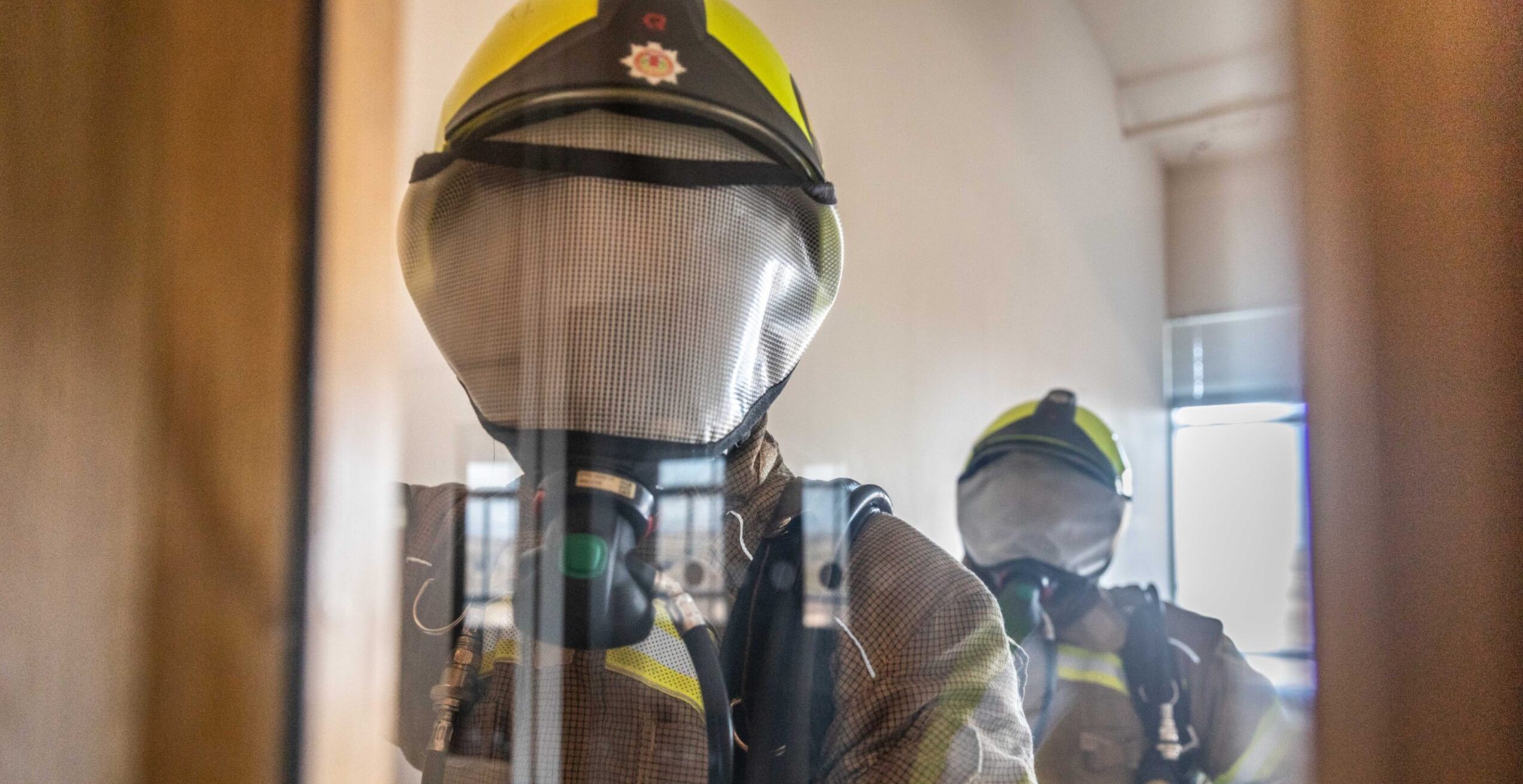A descendent of the stoker who died aboard the train that was lost in the Tay Bridge Disaster of December 28 1879 has revealed how his relative’s mother watched in horror as the lights of the locomotive disappeared into the Tay that night.
Rob Marshall, who lives in South Africa, got in touch with The Courier after reading our feature on the 140th anniversary of the tragedy last week, and revealed that John Marshall’s mother lived in a house overlooking the Dundee-side of the bridge and used to watch for the train as she prepared a meal for her son.
Rob said: ““My relative, John Marshall was the stoker on this train on the day of this disaster.
“My late uncle, James (Jim) Marshall of Crook of Devon provided me with some information on stoker John Marshall, now buried in Ceres churchyard, Fife.
“His parent’s home overlooked the bridge and his mother used to watch for the train so that she could prepare a meal for her son. She watched in horror as the lights of the train disappeared into the Tay that night!”
Rob, whose grandfather David Marshall emigrated to South Africa in early 1900, said hopes to visit Scotland in 2020 to see the completed monuments erected at Wormit and Dundee in 2013 in memory of the 59 dead.
Meanwhile, Courier reader Kevin Currie, from the Borders, got in touch to say that an unsubstantiated old story from his part of the world suggested that their bridge fell down “because they used girders from the Tay Bridge Disaster”.
Mr Currie said: “Robert’s Linn (ro-burts-lin) waterfalls off the Slitrig, where the Newcastleton road crosses a deep ravine: This area is famous for jasper, which was used to make the first Burgh Seal for example, and also for fossils.
“Further up the stream can be seen signs of the former lime-workings that gave their name to the Limekilnedge.
“The Catrail ends near here, leading to speculation that the falls had some special significance for our early ancestors.
“The area is also sometimes known as ‘the Linns’.
“The high bridge there was rebuilt in 1903 using girders salvaged from the Tay Bridge disaster.
“A story circulated that it was bombed by a Zeppelin during the First World War, but this was unsubstantiated.
“The bridge collapsed and was rebuilt as an embankment in 1982. There was once a farmstead in the area, where Robert Elliot and family were living in 1794 – ‘Ca’in his pownies throwe fair and foul By the clints o’ Robert’s Linn . . . “.
Last week another descendant of the Tay Bridge Disaster paid tribute in The Courier to those who had the foresight to erect monuments to the 59 dead in 2013.

